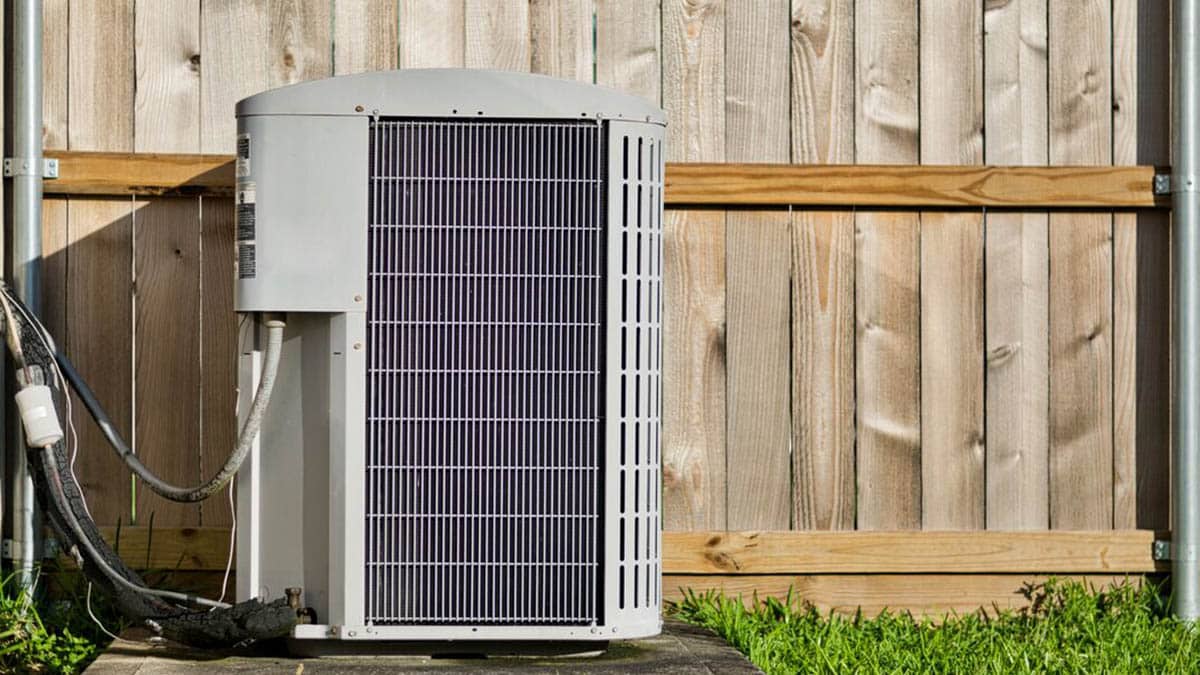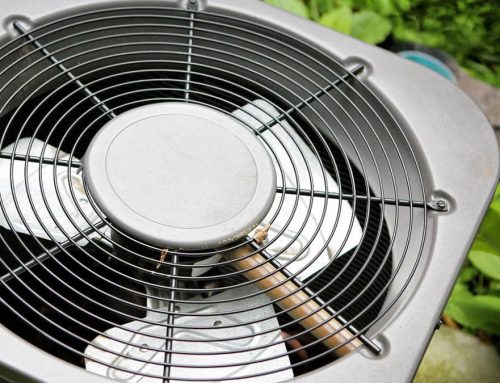
My evaporator coil is leaking! What should I do?
There are three ways to deal with a leaky evaporator coil, and each one has advantages and disadvantages.
Let me give you some information so you can decide which is the best route for you to take. Every case is different – costs, expected length of stay in the house, extent of leak, etc. – so this list of pros and cons can help you make the most informed decision.
The evaporator coil is a key part of your air conditioner; a new one can cost anywhere from $500 to $2,500 or more, so you want to treat it with care and get it checked regularly as part of a maintenance contract to prevent or detect problems early. And fixing a bad evaporator coil is very complicated, requiring special tools and refrigeration knowledge that the average do-it-yourselfer doesn’t have.
- A Quick Fix That Won’t Last Forever
Add refrigerant and ignore.
The advantage is that this method has the smallest upfront cost. It might be the wisest if you plan to sell your home fairly soon and want to minimize your investment.
On the down side, lubricant lost from the system causes internal damage that can’t be detected until it’s too late.
Long-term, this is the most expensive approach because refrigerant prices will rise substantially as the leading current refrigerant, R22, is phased out of production and the reduced supply drives up prices.
Releases of R-22, such as those from leaks, can lead to ozone depletion. “In addition, R-22 is a greenhouse gas and the manufacture of R-22 results in a by-product (HFC-23) that contributes significantly to global warming,” the government said in pushing for the change.
The phase-out is scheduled to be complete by 2020. New systems already are using a more environmentally friendly refrigerant, R410A refrigerant.
- Add a Sealant and Hope for the Best
Add sealant such as A/C EasySeal, which is designed to prevent as well as repair leaks in the system, including condensers, evaporators, copper lines and soldered joints.
You may have used a similar product to stop a leak in your car’s radiator; it works on the same principle.
The sealant travels with the refrigerant, searching for leaks and sealing them.
On the plus side, this is cost-effective if it works, so it’s often worth a try. There’s about a 50-50 chance of success on small and moderate leaks, so we don’t guarantee that it will always work.
On the down side, it may require multiple applications, adding significantly to the cost.
- Bite the Bullet and Buy a New Coil
This is the best choice if it is covered under warranty, but some contractors won’t offer such coverage. They don’t want to commit money and time for warranty work that might have to be performed during the peak season.
Buying a new coil definitely will cost you more than your other options, but you will enjoy more efficiency because newer equipment almost always pays back its cost over time with savings on your energy bill. And you will have peace of mind.
What is this device that can cause such problems?
The evaporator coil helps the refrigerant work properly with the compressor, the condenser coil and the expansion valve to cool the air in your home or business while expelling unwanted hot air from the building.
A common sign of problems with the evaporator coil is a puddle of water under the air conditioning unit. Sometimes an evaporator coil leak is the result of a drain clogged by insects, mold and dust; sometimes the condensation pan has rusted. Either case can be averted with periodic maintenance checks.
Unclog the drain or install a new pan if needed. Call us at 205-444-4444 if you need help.
It’s also smart to replace the air filter regularly, especially in times of high usage. Some folks install a new filter whenever they pay their utility bill; it’s a handy way to remember to change the filter, which can cause frozen coils if it gets too dirty.
One red flag to watch for: Low refrigerant.
This may be the result of a leak in the welding, but it’s much more likely to be caused by pollution inside the building. We’re talking about the volatile organic compounds created by pesticides, household cleaning products and stale indoor air. You want to make sure there’s a good flow of air around the evaporator coil to make sure the VOCs don’t congregate on it.
As I noted in a recent blog post, there are several easy steps to prevent this.


